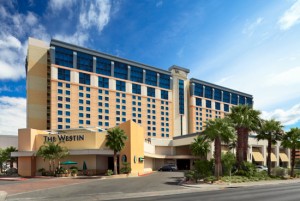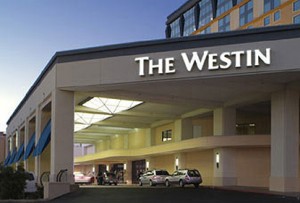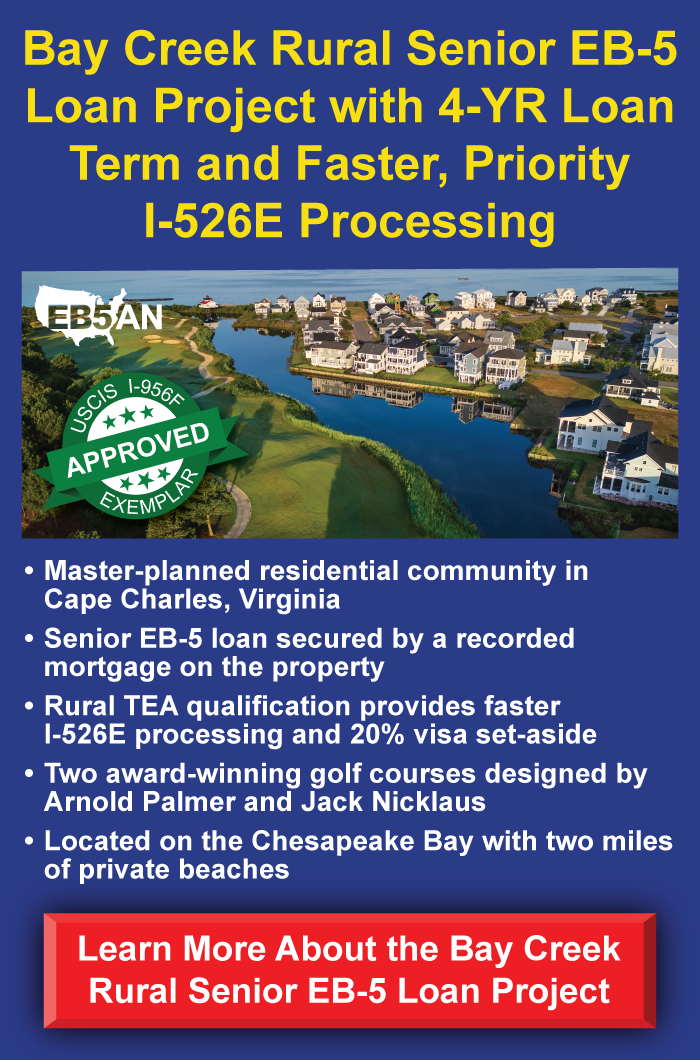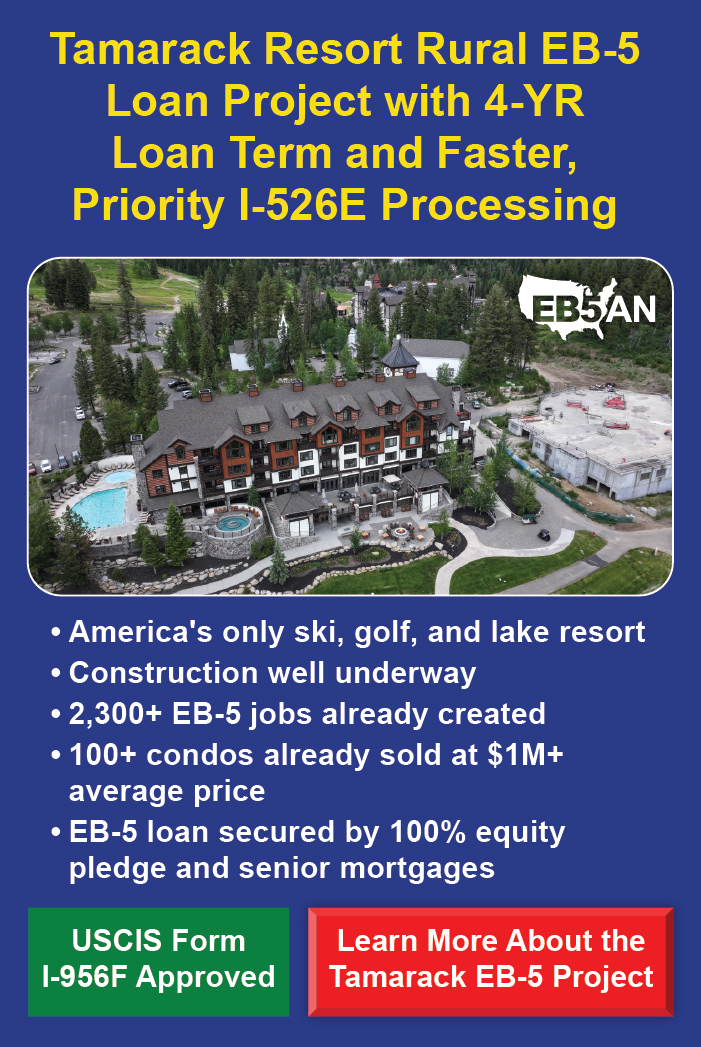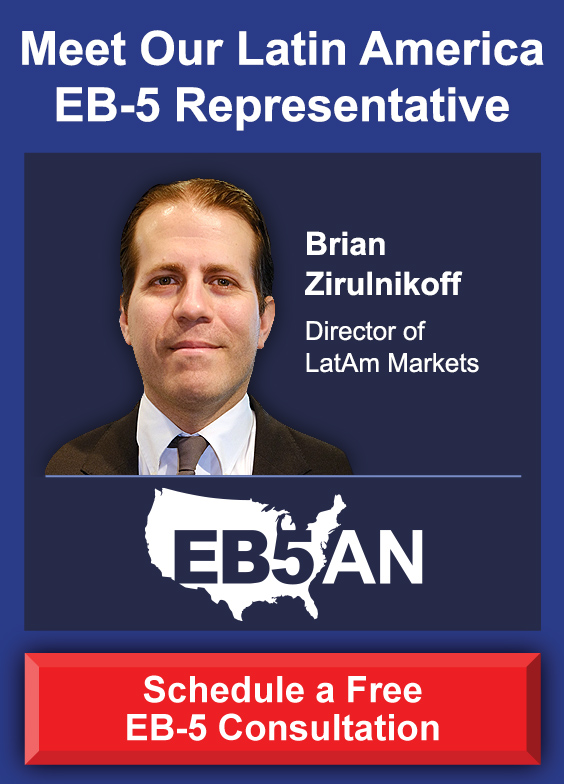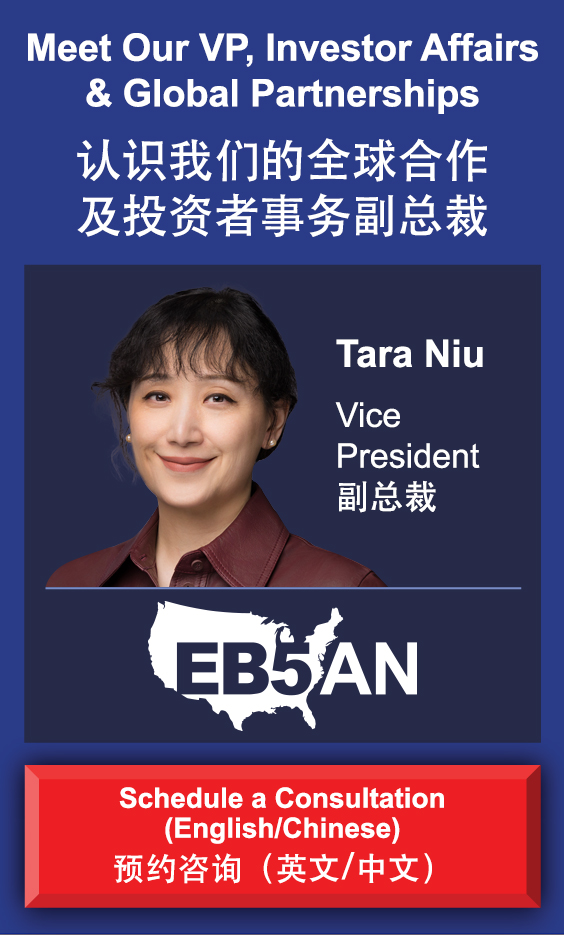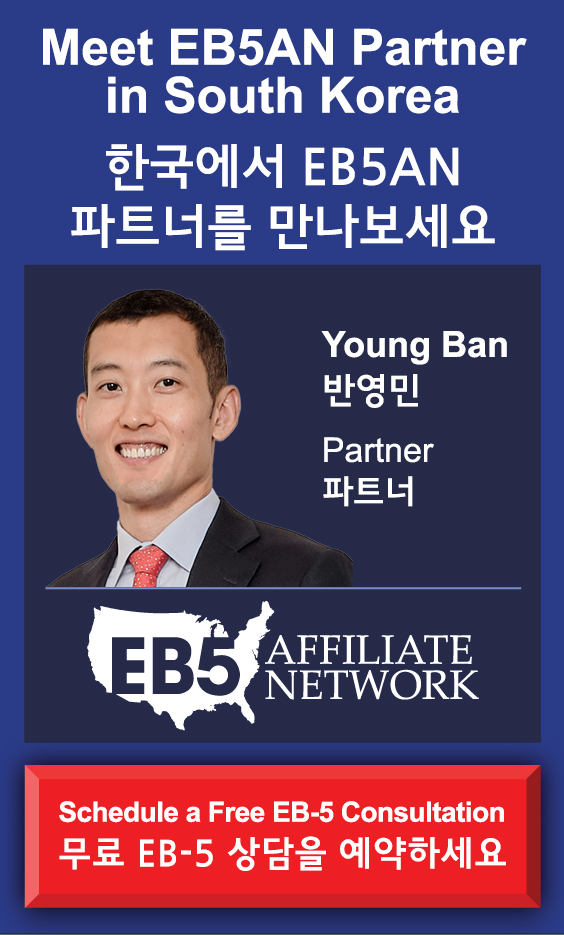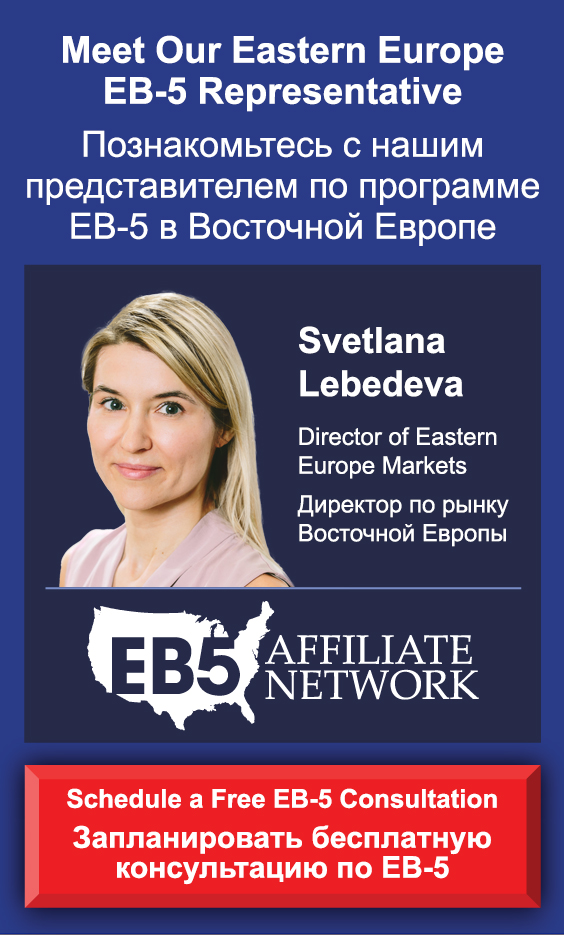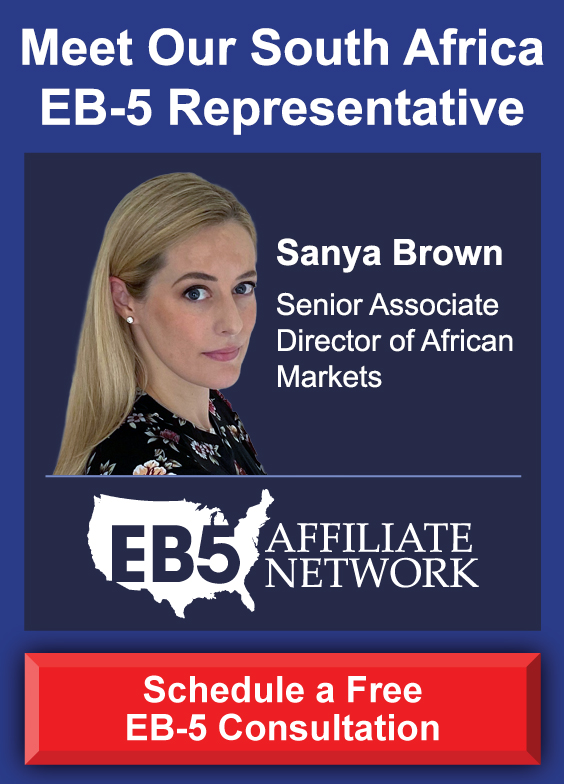The EB5Investors conference in Las Vegas in January, 2016 had 800+ attendees and was the largest EB-5 gathering in US history.
One of our founding partners, Mike Schoenfeld, participated on the EB-5 Myth-busters panel. This was a panel geared at newer members of the industry and the content was focused on helping participants understand the realities of EB-5 project development and marketing.
The key questions addressed are:
- What are the steps before Sponsors can market their project (including Regional Center access, Project Documentation, Marketing materials and a Marketing Plan)?
- How long does it take for a Sponsor to have access to the EB-5 funding?
- What makes a project appealing and what can a Sponsor do to have the best chance of having their EB-5 project funded?
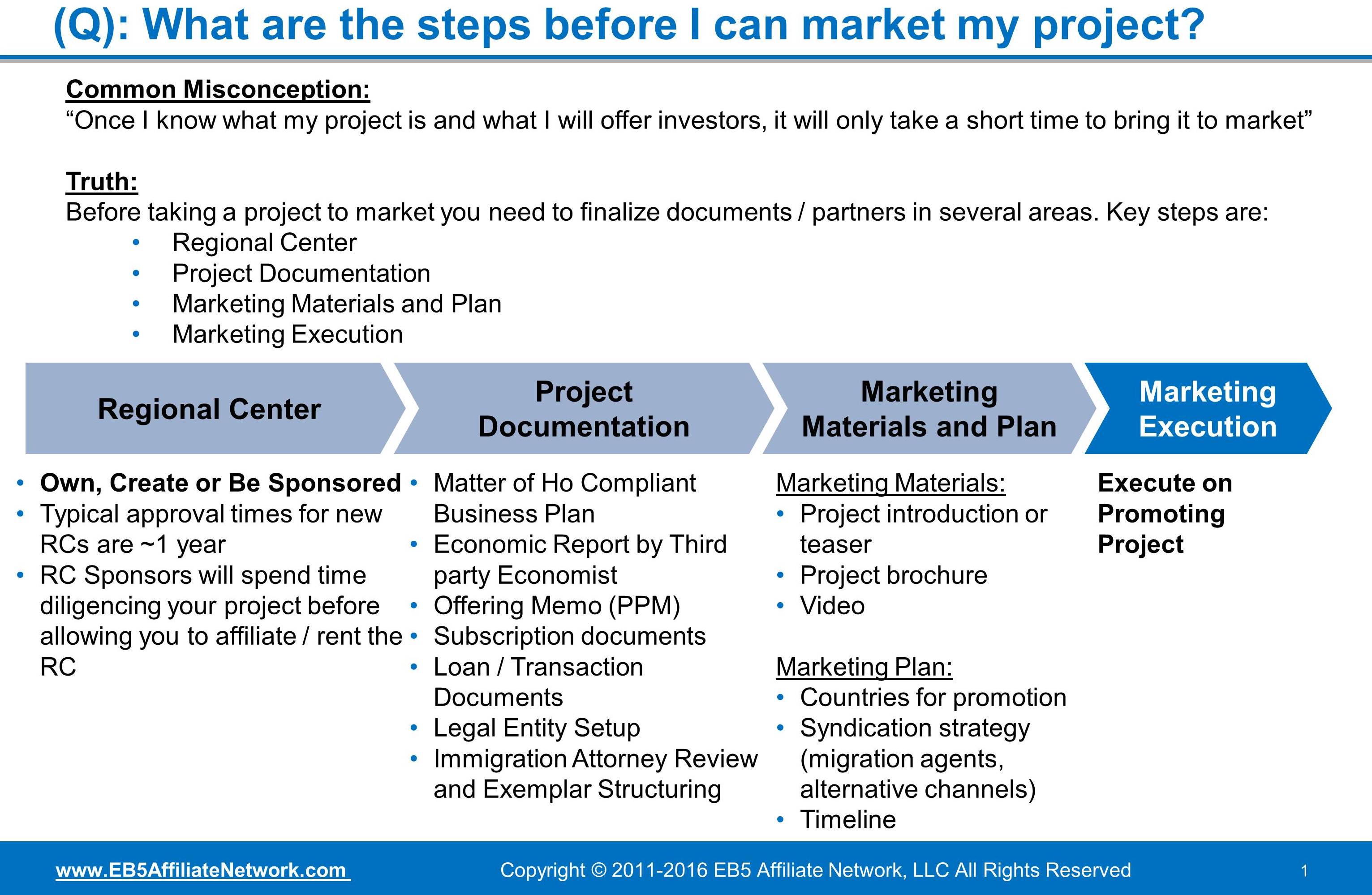
Mike spoke about EB-5 from the regional center and project Sponsor perspective regarding what actually occurs before a project is taken to market. As depicted above, the key discussion points centered around 1) the choice of regional center, 2) project documentation, 3) the marketing plan and materials, and 4) the marketing execution.
Choice of Regional Center
For the choice of regional center, the key issues to consider are the number of projects one plans to undertake, the timing requirements of these projects, and the cost constraints. If a Sponsor already owns a Regional Center, that is the logical choice for the project. If they do not own an approved regional center, the key considerations are as follows:
- Timing – When starting a new regional center, it can take 10 or more months to get approved, and approval times are unpredictable. If a Sponsor plans to begin marketing without having to wait 10 months or more, then they should consider rental.
- Cost –Rental costs are lower up front, but they end up being higher upon a successful raise after the per-investor cost is factored in.
We have seen many developers use a hybrid approach in which they submit an application for a new hypothetical regional center and at the same time affiliate with an existing regional center until their regional center is approved. This approach is both cost-effective and time-effective.
Project Documentation
The second key step in getting a project to market is completing project documentation. These documents can be broken into two key components – The USCIS required Business Plan and Economic report and the Securities offering documents. A project Sponsor has a few choices on how to complete the project documentation. Following are two options:
Developer Coordinates Documentation
In this case, the developer will hire all key service providers and ensure everyone is working together and exchanging information. They will play quarterback. Following are the key vendors they will engage:
- Business Plan Writer
- Economist
- Securities Attorney
- Immigration Attorney
- Paralegal or Law Firm (to set up corporate entities)
Documentation Consultant Serves as Single-point of Contact
In this case, the developer will provide their market study, appraisal, or other similar documentation that a senior lender would require, and the consultant manages the process.
Our recommendation is that in a majority of cases, the single point of contact consultant is the better option. Key benefits include consistent work product, structuring expertise, cost efficiency (only 1 company needs to make a profit vs. 5 separate companies). EB5AN is one of the industry leaders in documentation consulting, and you should reach out if you have any questions about the process.
Marketing Materials and Plan
Overall, having a well-defined plan and creating strong materials is critical for ensuring the project has the highest likelihood of success in the market.
Marketing Plan
The marketing plan is one of the key pieces of the EB-5 process. This plan needs to be carefully tailored to the specific project and to the expected investor marketing approach. Investors in different regions expect various key terms in the offering, and packaging the project correctly is vital in order to gain traction in the targeted markets.
Marketing Materials
The materials for marketing a project can range from a simple brochure to an extensive video marketing presentation with 3D renderings, celebrity or government figure interviews, etc. The materials will vary depending on the project, its budget, and other specific needs.
Marketing Execution
After the project is Sponsored by a regional center, is fully documented, and the marketing materials are put in place, the project is ready to hit the market. It’s not a simple process, but with some guidance from experienced service providers, a developer can get their project into the market relatively quickly and cost effectively!
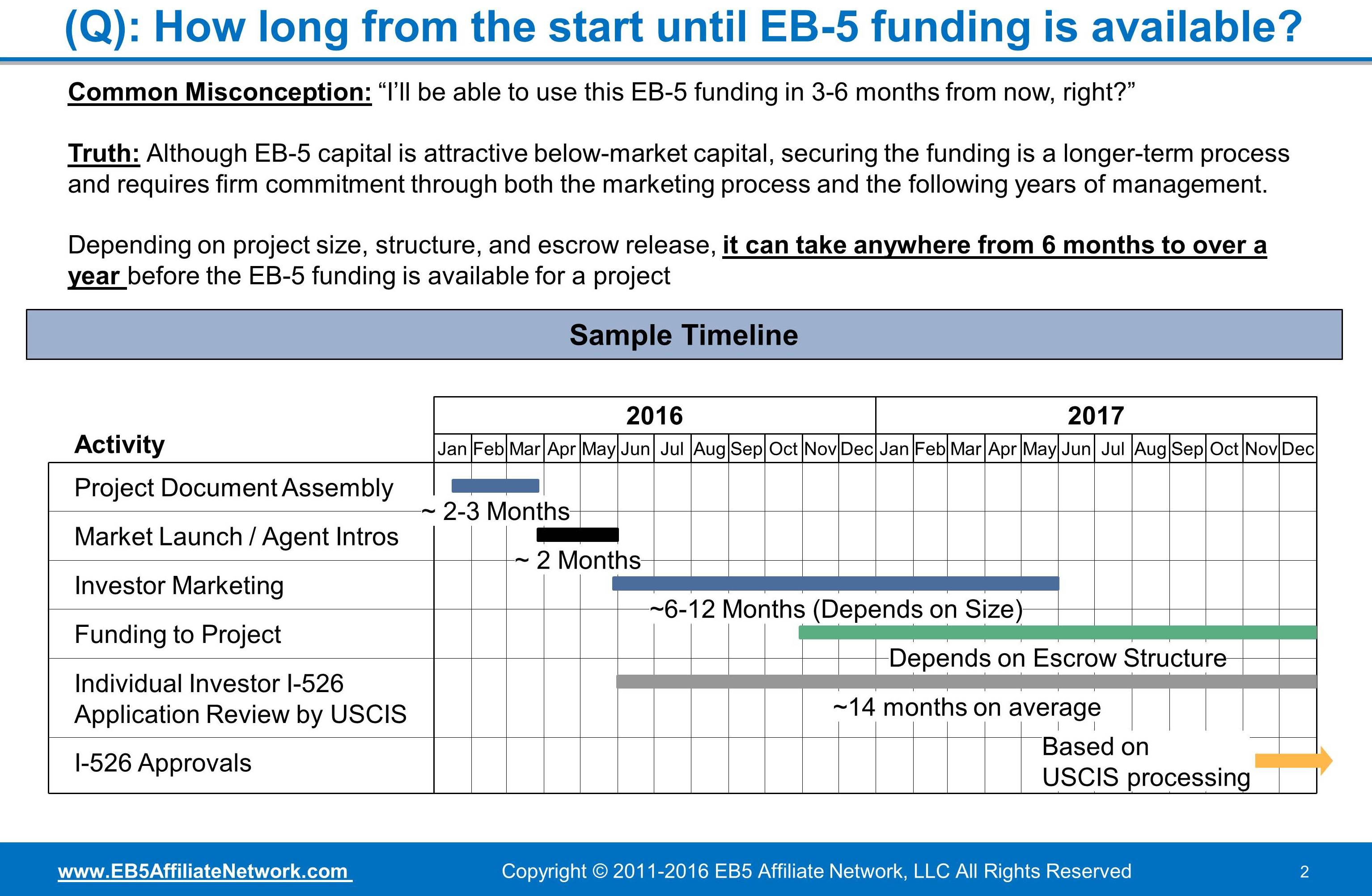
One of the most common questions in the EB-5 space is, “How long until the EB-5 funding is available?” Although there isn’t a simple answer for this and the timeline will vary project to project, some reliable advice is that the process will take longer than expected. The previous portion of this post addressed documenting a project, and that is just the first step in getting a project to market.
After a project is documented and the marketing materials are created, the project must be introduced to the Sponsor’s chosen syndication network. This network may include Broker Dealers, Marketing Consultants, Migration Agents, Wholesalers, and potentially even personal contacts in foreign countries. Each marketing approach has significant securities law implications, and Sponsors should rely on securities counsel for advice on the correct marketing and syndication approach.
One of the potential syndication network paths is to work with migration agents, and this article will provide an example of this process.
- Documentation and Marketing Material Creation (2–3 months) – The length of time required will depend on how prepared the developer is with project material.
- Market Launch – This part of the process typically involves the initial launch of the project into the market through either conferences and events in China or direct agent project introductions. A team can spend 2 or more months getting migration agents to study and diligence their Getting migration agents to engage in the process is the key here.
- Agent Training – Depending on the agents, the project Sponsor may need to train their sales team regarding how to market the projects and on all the key aspects of the EB-5. This can take as little as 1 week or several weeks.
- Seminar Launch / Investor Fundraising – After migration agents and partners have diligenced the project and their staff is trained, they can launch the investor fundraising effort. This stage of the process may not occur until 4 or more months from the start of the project.
- Investor Subscription – Once investors are interested and plan to invest in the project, they will sign the subscription agreement. Although you have an interested investor, they haven’t sent their money yet. An investor may not wire their money into the project for anywhere from 1 month to 4 or more months. Do not be surprised by delays here, even from committed investors.
- Escrow Release – The escrow terms will vary from project to Some projects have no escrow, and other projects hold investor money in escrow until individual I-526 approval is received. This topic is too involved and requires in-depth discussion, and so it will be discussed in a future blog post.
- Depending on the escrow terms, the money could be available as soon as each individual investor wires their money into the project, but it could be as many as 14 or more months until all the funding is available.
While EB-5 offers many other benefits, typically, the EB-5 fundraising process is not a quick source of capital.
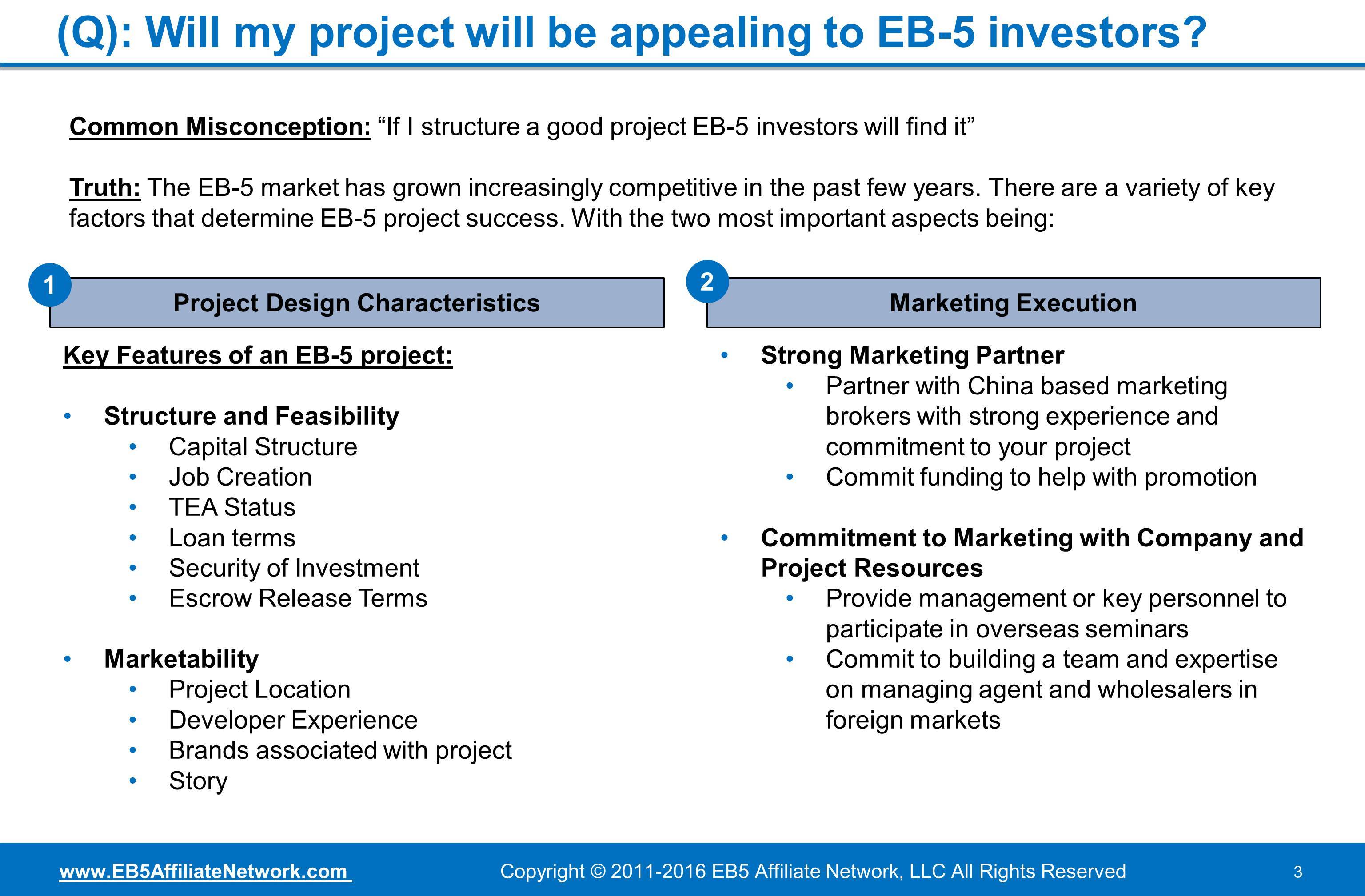
Two key questions when starting to conceptualize an EB-5 project are, “Will the project be appealing to investors?” and “Will my project find EB-5 funding?” An entire book could be written on this subject (and I think there may be one or two out there) – this blog post will keep it short.
(1) Will the project be appealing to investors
To start, two key project design characteristics make a project attractive to investors:
These two key project design characteristics are the structure and marketability of the project. Within these two characteristics are all the intrinsic features of the project. These elements can be broken into the following:
Structure
This is where the design of the project comes into play. Key factors for making a project attractive include (but aren’t limited to):
- EB-5 as a small portion of the capital structure
- Significant developer equity in the project
- A large number of jobs likely to be created
- A substantial job-creation cushion for EB-5 investors (desired)
- Project’s location in a TEA
- PPM Terms, which include the following:
- Loan term
- Return to investors
- Investor rights
- Investor security
- Escrow structure
Marketability
In addition to the more rigid structuring questions, many variables can make the project more or less attractive to investors. Below are some examples:
- Project location – Is the project in NYC? Is the project in a location the investor hasn’t heard of?
- Developer track record
- Recognizable brands attached to the project
- Project summary and story
(2) Will my project find EB-5 funding?
To address the second key question, “If my project is structured well and is marketable, will it find EB-5 funding?” the Sponsor should think about the marketing execution. The key to marketing an EB-5 project is patience.
In addition to patience, finding strong marketing and syndication partners is a must. No one-size-fits-all answer is available here—and no magic bullet. Each project Sponsor needs to understand that they are their own best champion of the project, and they shouldn’t be 100% reliant on a third party for the marketing execution. It is helpful to provide international marketing partners with the support they need. This help could be in terms of financial support, marketing material support, or even on-the-ground roadshow support in which a key executive attends seminars or meetings to help close brokers or promote the project. Strong Sponsor commitment helps ensure the success of the project.
Historically, the EB-5 space has been relatively opaque, although it is shifting toward transparency. EB5AN has the goal of providing transparent solutions to all participants in the industry and welcomes any questions. Please contact us at 1-800-288-9138 or via email at info@EB5AN.com with any questions.



